Hockey Goalie Leg Pads
Popular Hockey Goalie Leg Pads
See more Popular Hockey Goalie Leg Pads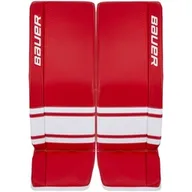
Bauer GSX
28 Available

Vaughn Velocity V9
21 Available
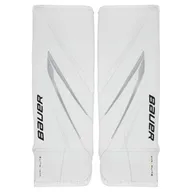
Bauer Hyperlite 2
22 Available

Bauer MACH
25 Available
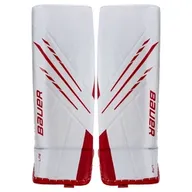
Bauer Hyperlite
36 Available
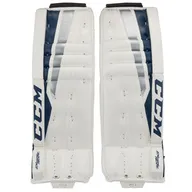
CCM Extreme Flex 760
11 Available

Vaughn Ventus SLR2
18 Available
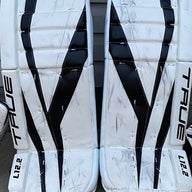
True L12.2
16 Available

CCM Extreme Flex II
12 Available

CCM axis 2
11 Available
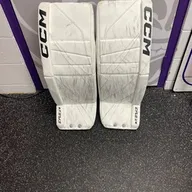
CCM Eflex 6
22 Available
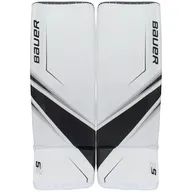
Bauer Supreme 2S Pro
22 Available
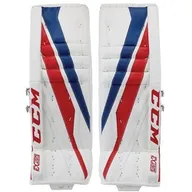
CCM Extreme Flex lll
21 Available
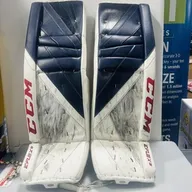
CCM Eflex 5
31 Available

Bauer Ultrasonic
27 Available

True Catalyst PX3
17 Available
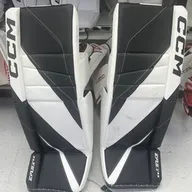
CCM Eflex 6.5
10 Available

Vaughn SLR3 Pro Carbon
11 Available

Bauer Vapor 2X Pro
20 Available
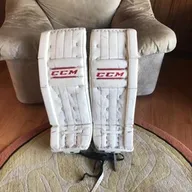
CCM Retro Flex
10 Available
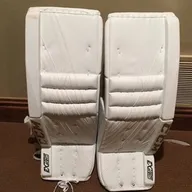
CCM Extreme Flex 4
31 Available
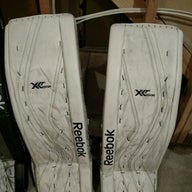
Reebok Premier XLT
24 Available
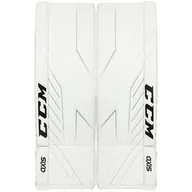
CCM Axis Pro
19 Available

Bauer Vapor Hyperlite 2
13 Available
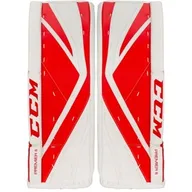
CCM Premier II Pro
16 Available
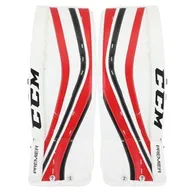
CCM Premier Pro
19 Available

CCM Extreme Flex 5 Pro
10 Available

CCM Axis 2 Pro
5 Available

CCM Eflex4
6 Available

CCM Extreme Flex 6
3 Available
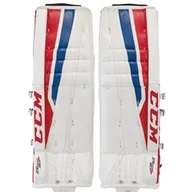
CCM Extreme Flex Pro
20 Available
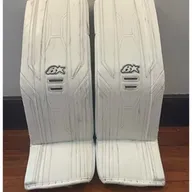
Brian's Optik 3
6 Available
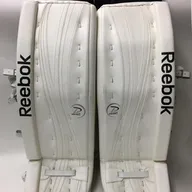
Reebok Premier 4 Pro
8 Available

Reebok Revoke Pro Zone
6 Available

Bauer S27
8 Available

Bauer Supreme Shadow
7 Available

Bauer Supreme UltraSonic
3 Available

Bauer Vapor 1X
9 Available

Vaughn Vaughn V7 XR
4 Available
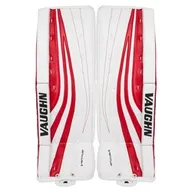
Vaughn Ventus SLR Pro
9 Available
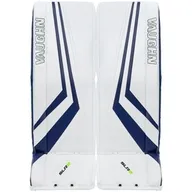
Vaughn Ventus SLR2 Pro Carbon
5 Available
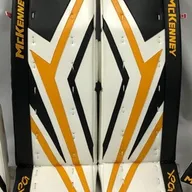
Mckenney XPG1
3 Available

CCM Axis XF
3 Available

CCM Extreme Flex 4 Pro
1 Available
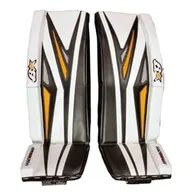
Brian's Gnetik Pro 3
4 Available
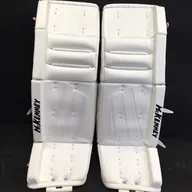
Mckenney GP 870 Pro Spec
1 Available

True HZRDUS
4 Available
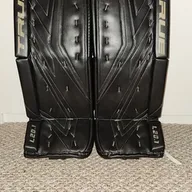
True L20.1
3 Available

True L20.1 Pro
1 Available

True L20.2 Pro
3 Available
Shop by Release Year
193 Results
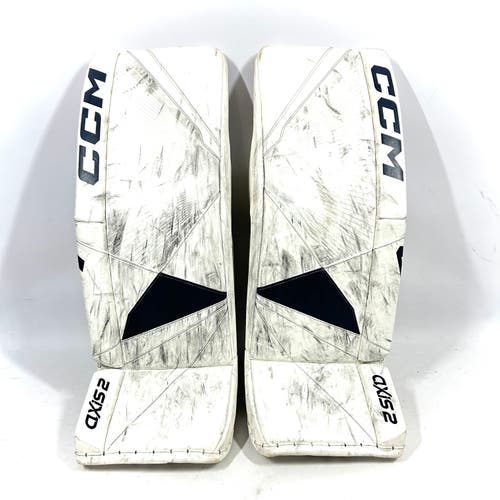
HockeyStickMan

eeverson1
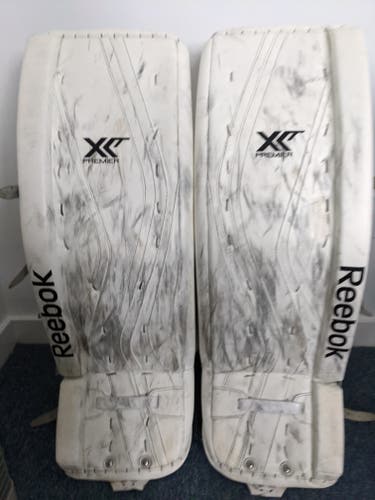
MeStopPuck

Thockey03

Tylerokeefe32

Dangler96209

Gabber_1
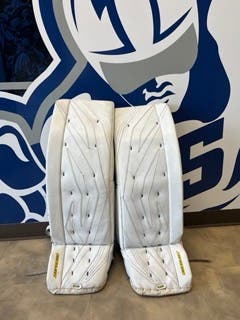
SyracuseCrunch
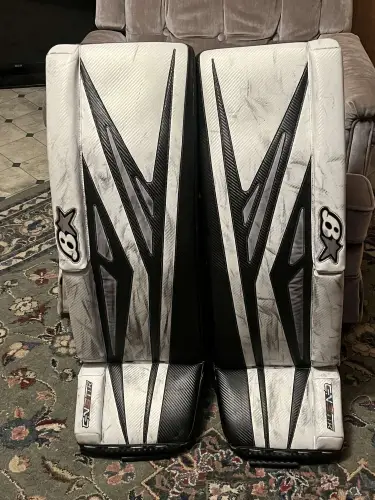
WillB33

Coombsy
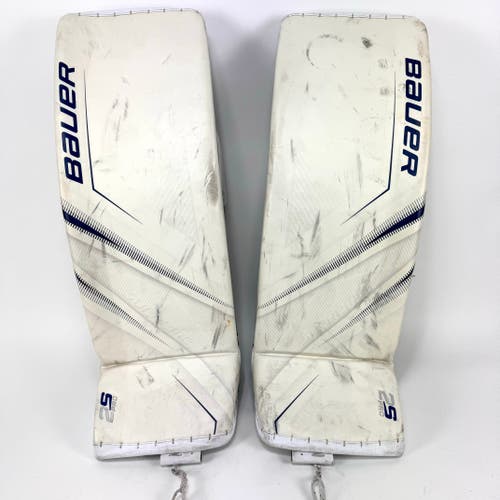
TopFlightHockey

Mikaelkingo

JimboJones9000
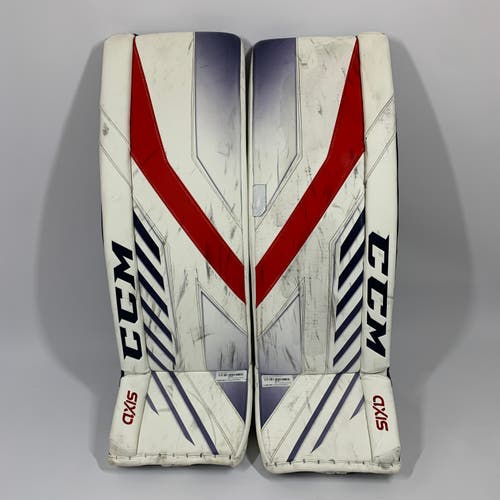
HockeyStickMan
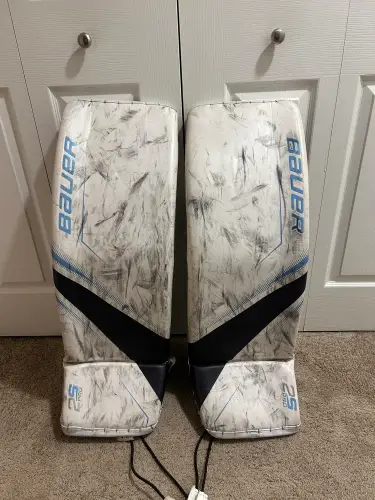
jsweeney31
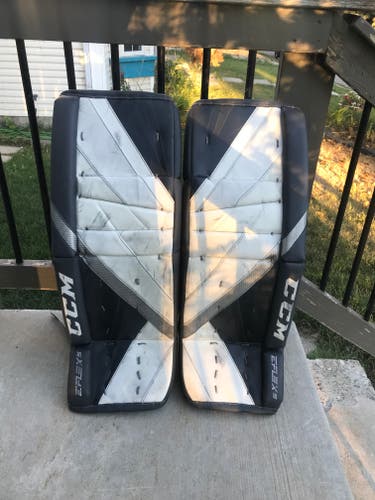
CreaseMonkey07
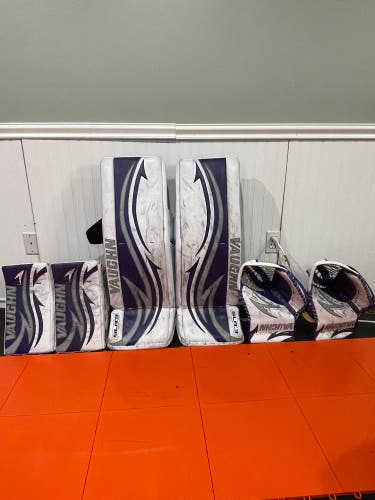
NickBernie70

Kreutz

keithlunneborg
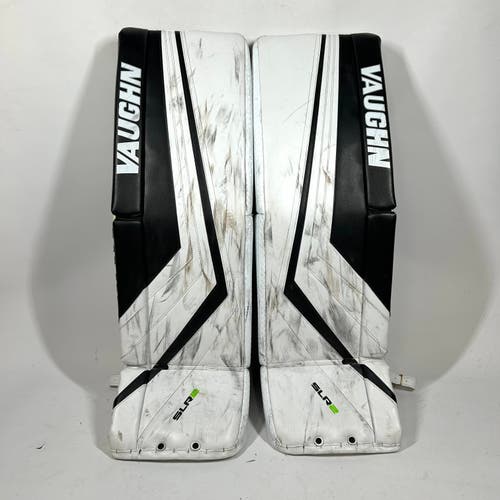
HockeyStickMan
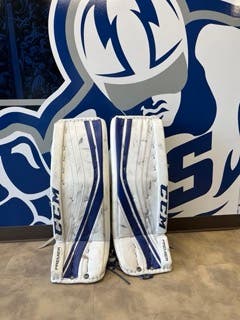
SyracuseCrunch
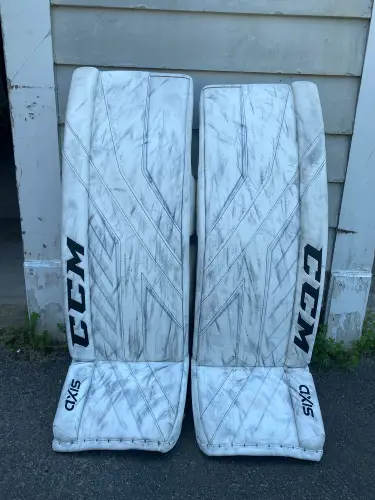
Stefan85

HockeyStickMan

QuickChange

aidangould
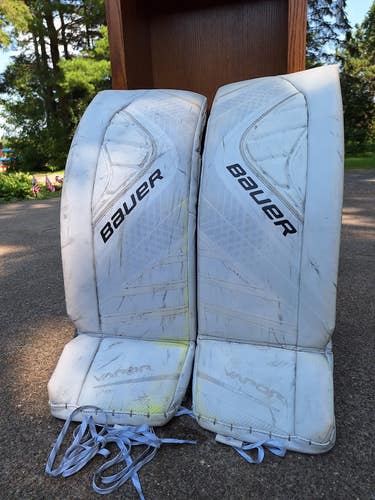
Canoefire
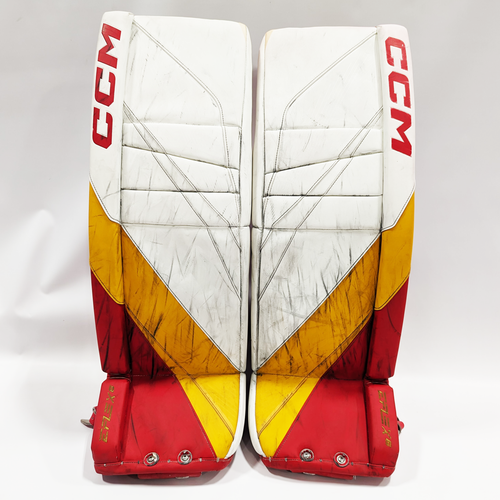
HockeyStickMan
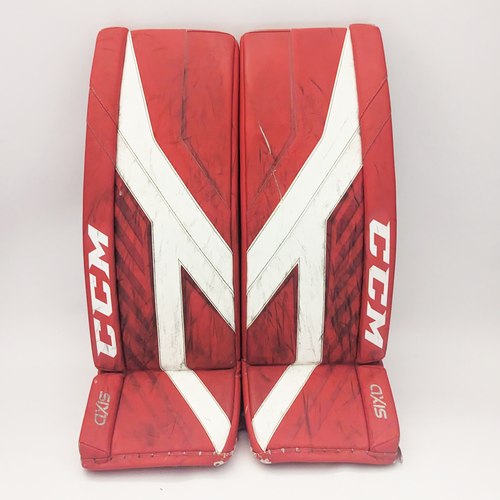
HockeyStickMan

Gearangel45


